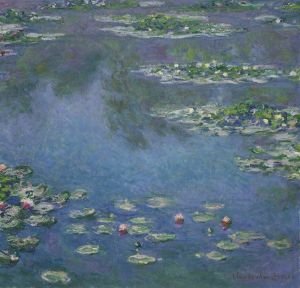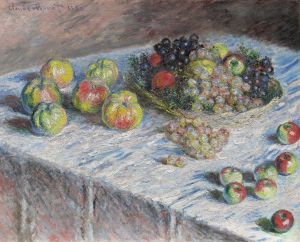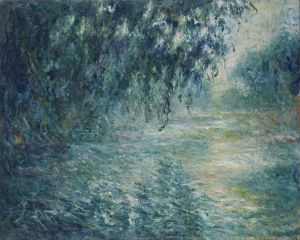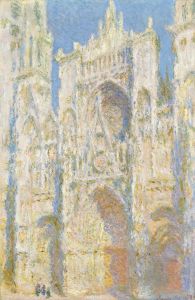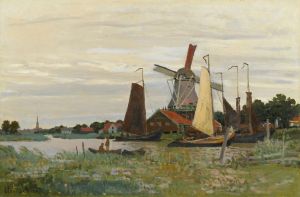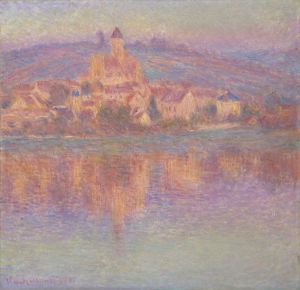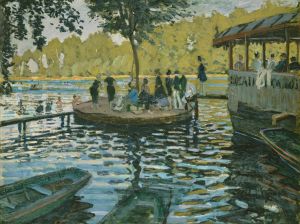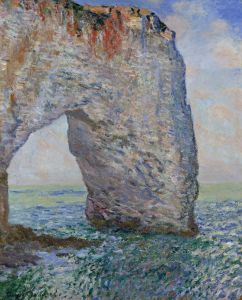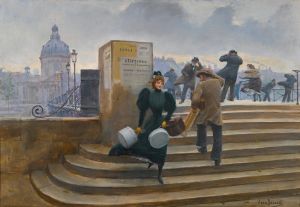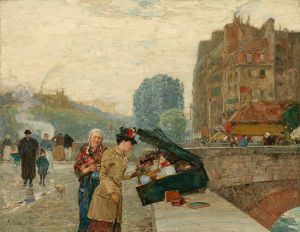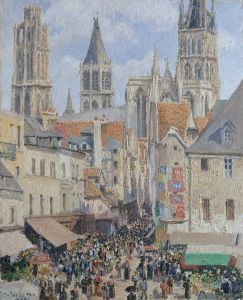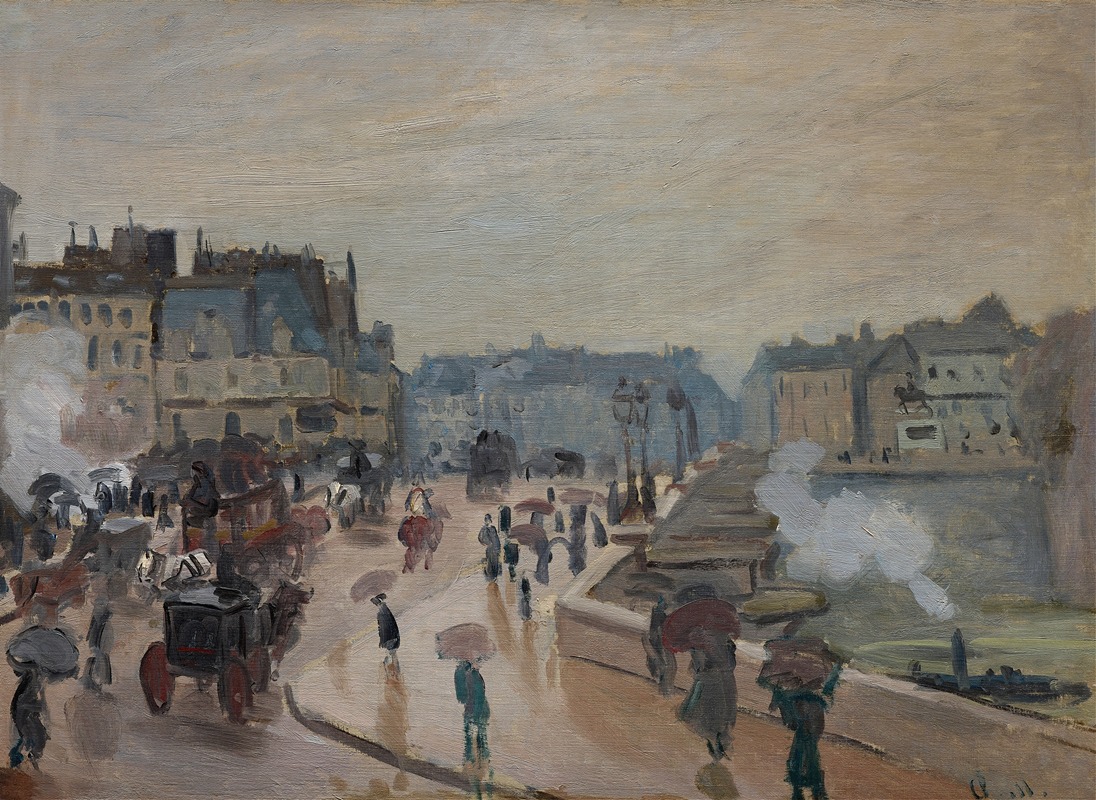
The Pont Neuf
A hand-painted replica of Claude Monet’s masterpiece The Pont Neuf, meticulously crafted by professional artists to capture the true essence of the original. Each piece is created with museum-quality canvas and rare mineral pigments, carefully painted by experienced artists with delicate brushstrokes and rich, layered colors to perfectly recreate the texture of the original artwork. Unlike machine-printed reproductions, this hand-painted version brings the painting to life, infused with the artist’s emotions and skill in every stroke. Whether for personal collection or home decoration, it instantly elevates the artistic atmosphere of any space.
Claude Monet's The Pont Neuf is a painting created in 1871, during the early stages of the artist's career and his development as a key figure in the Impressionist movement. The artwork depicts the Pont Neuf, one of the most famous bridges in Paris, which spans the Seine River and connects the Île de la Cité to the rest of the city. The bridge, completed in the early 17th century, is notable for being the oldest standing bridge in Paris and a significant architectural and cultural landmark.
Monet painted The Pont Neuf shortly after returning to France from London, where he had sought refuge during the Franco-Prussian War (1870–1871). Upon his return, Monet settled in Argenteuil, a suburb of Paris, but he frequently visited the city to capture its urban landscapes. This painting is part of a series of works in which Monet explored the interplay of light, water, and architecture, themes that would become central to his artistic practice.
In The Pont Neuf, Monet captures the bustling activity of the bridge and its surroundings, including pedestrians, carriages, and the shimmering reflections on the Seine. The painting exemplifies the Impressionist style, characterized by loose brushwork, a focus on the effects of light and atmosphere, and an emphasis on capturing a fleeting moment in time. Monet's use of color and light in this work conveys the vibrancy and dynamism of Parisian life in the late 19th century.
The painting is notable for its composition, which places the viewer at a slight distance from the bridge, allowing for a broader perspective of the scene. This vantage point emphasizes the relationship between the bridge, the river, and the cityscape, showcasing Monet's interest in urban modernity and the changing environment of Paris during this period.
Today, The Pont Neuf is recognized as an important example of Monet's early Impressionist work. It is housed in the National Gallery of Art in Washington, D.C., where it continues to be appreciated for its historical and artistic significance. The painting provides insight into Monet's evolving style and his ability to capture the essence of a moment through his innovative approach to light, color, and composition.






